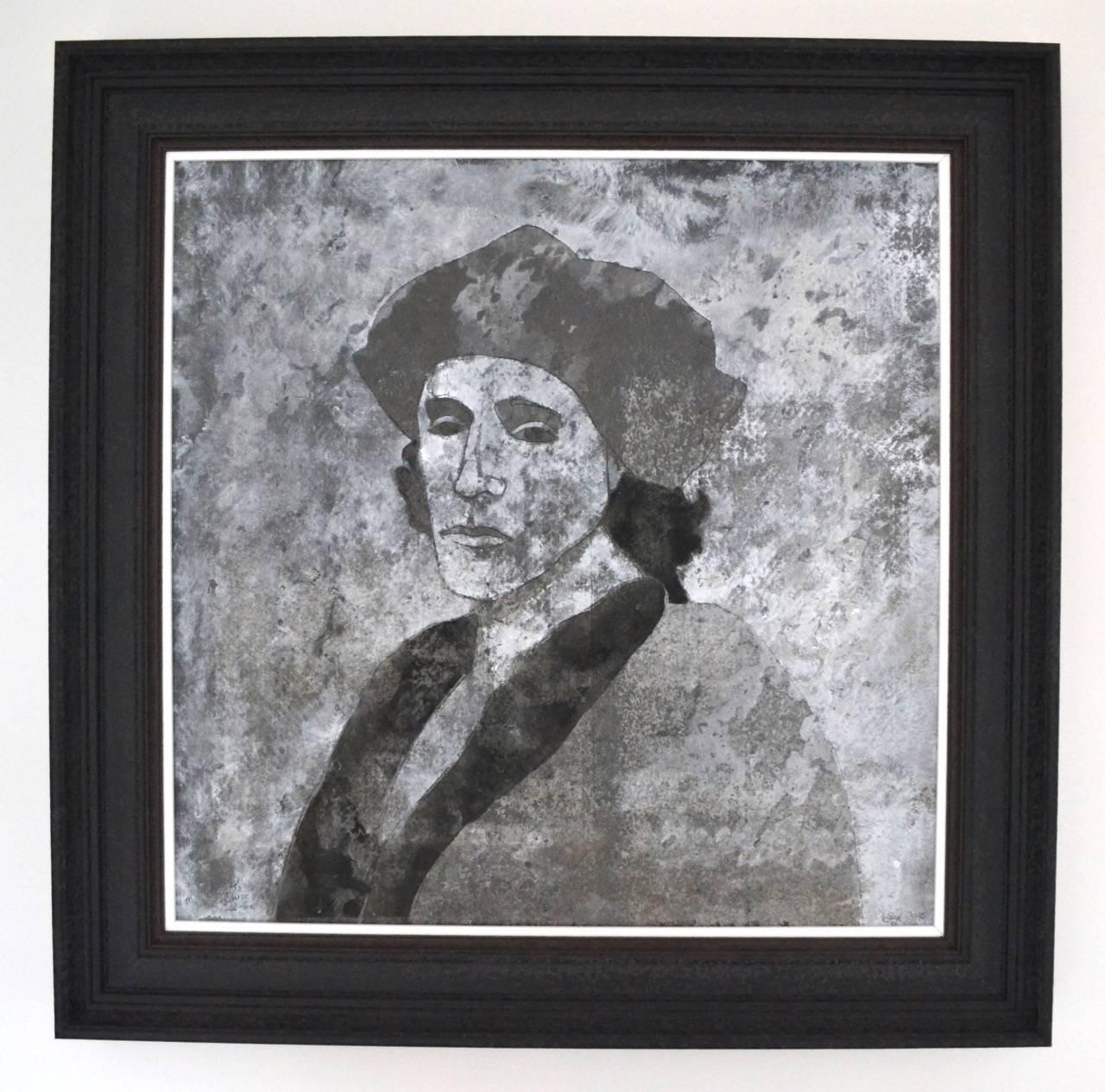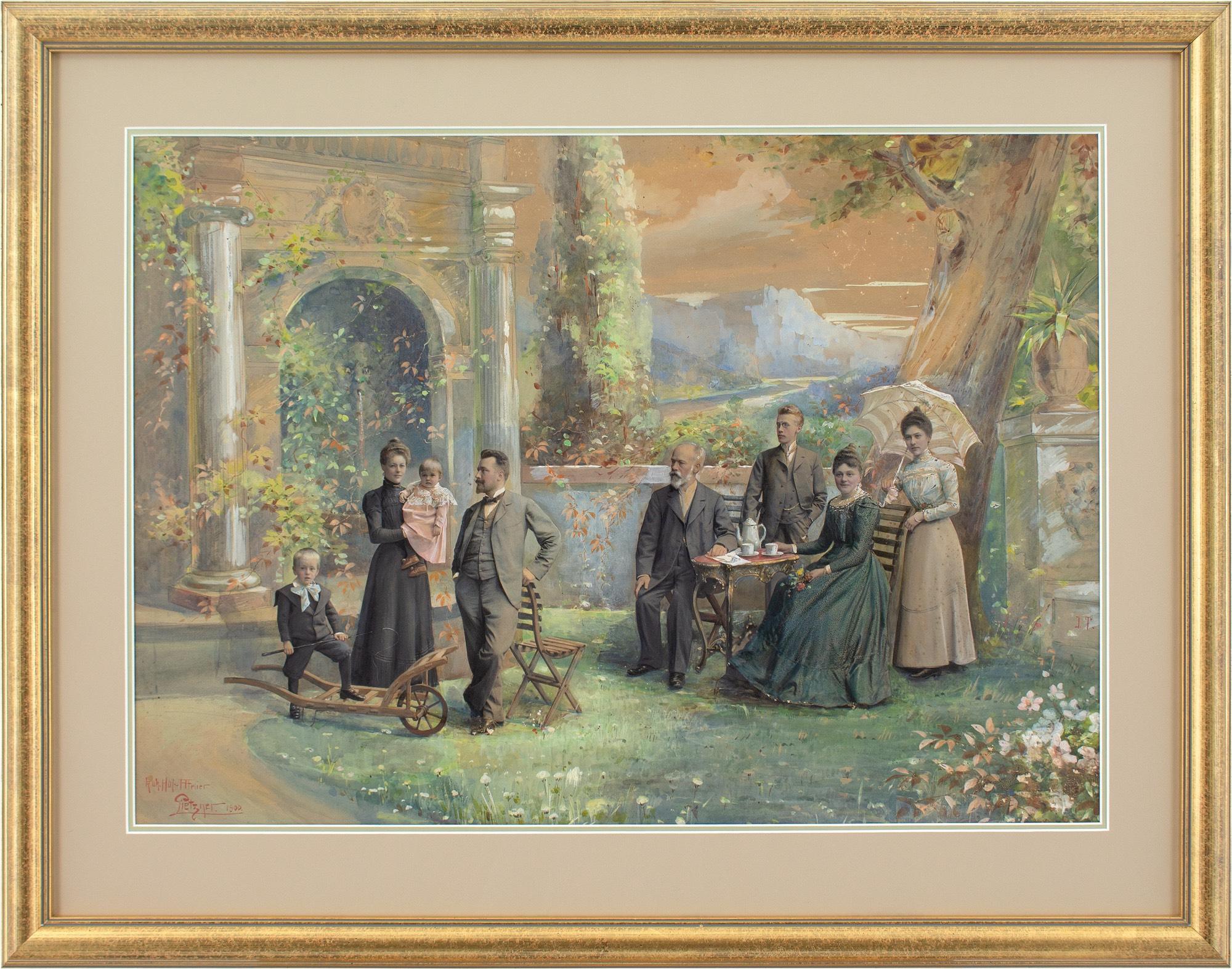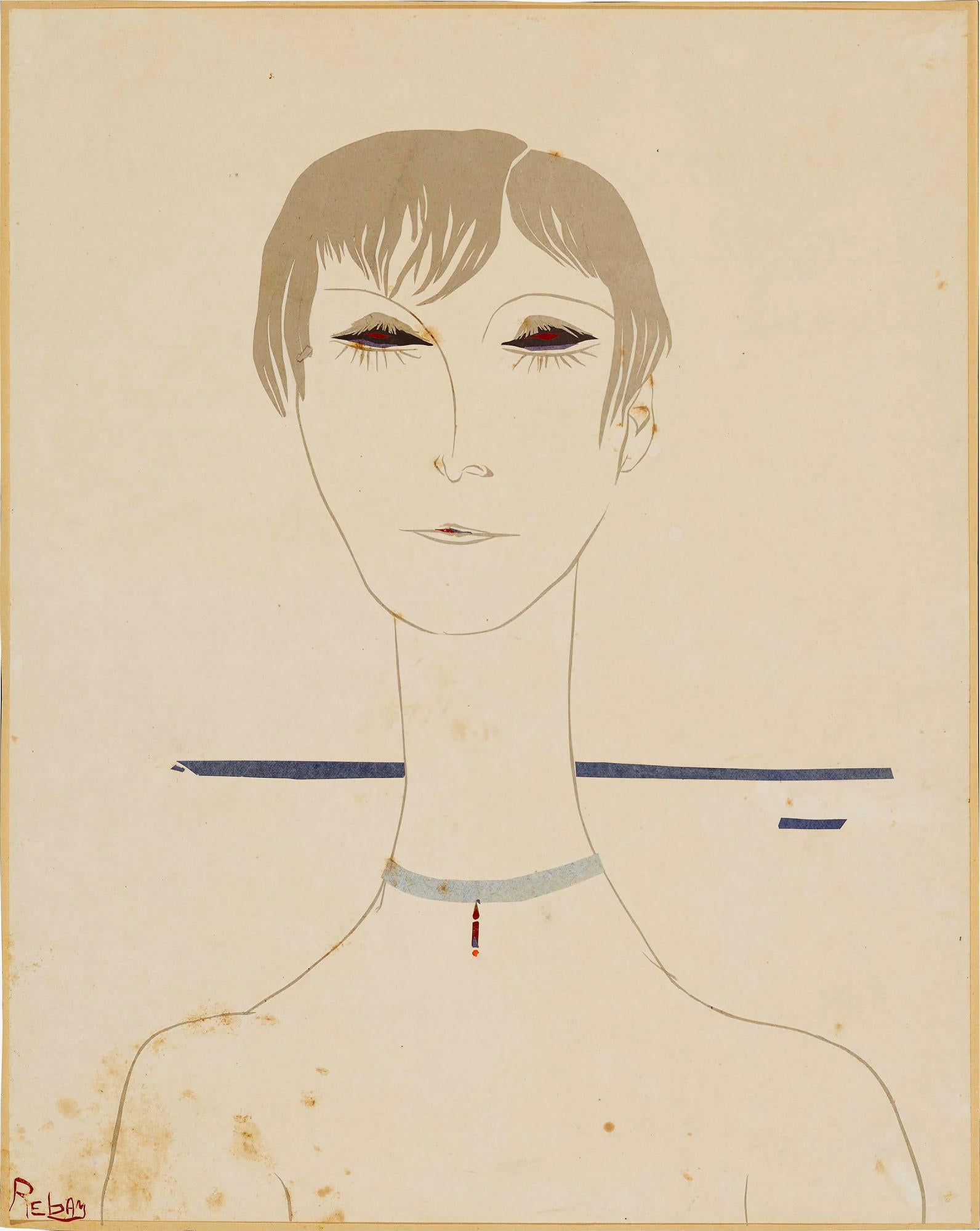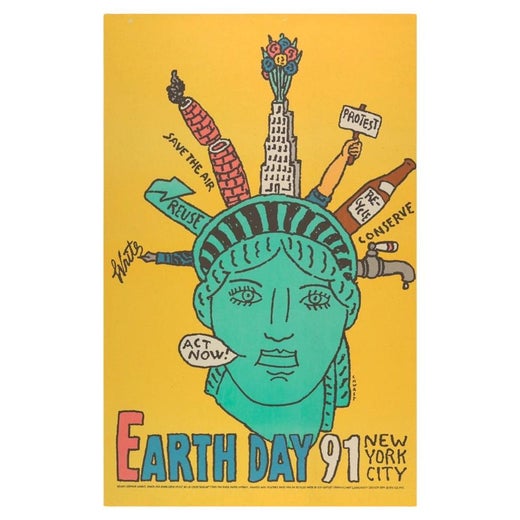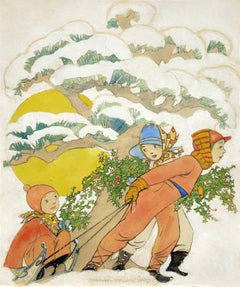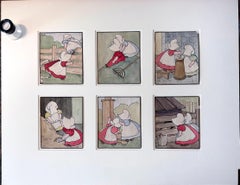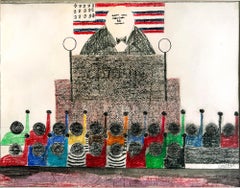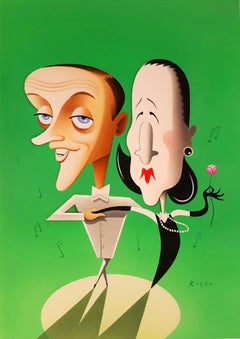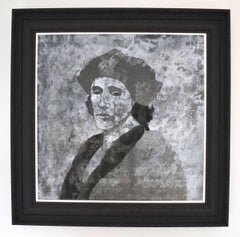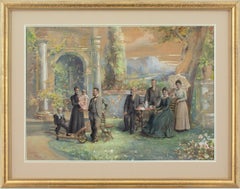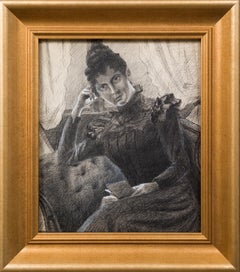Items Similar to Reefer Madness, Marajuana - Pot - Cannabis - Cover Atlantic Monthly Magazine
Want more images or videos?
Request additional images or videos from the seller
1 of 5
Seymour ChwastReefer Madness, Marajuana - Pot - Cannabis - Cover Atlantic Monthly Magazine1994
1994
About the Item
Gouache, Crayon, Pencil, Film on Paper, not framed
Cover Atlantic Monthly Magazine August 1994
- Creator:Seymour Chwast (1931, American)
- Creation Year:1994
- Dimensions:Height: 8.5 in (21.59 cm)Width: 11 in (27.94 cm)
- Medium:
- Movement & Style:
- Period:
- Condition:
- Gallery Location:Miami, FL
- Reference Number:1stDibs: LU38531273803
Seymour Chwast
Seymour Chwast's posters are in the permanent collections of many museums worldwide. Seymour Chwast"s art helped to propel a revolution in American illustration during the early 1960"s from sentimental realism to comic expressionism. His work for magazines, posters, advertisements, and children"s books influenced at least two generations of illustrators and designers in America and abroad to explore a broad range of stylistic and conceptual methods, as well as to wed illustration with design. In addition to his unique style and innovative techniques, Chwast contributed a delightfully absurdist sense of wit and humor to twentieth century applied art. Although rooted in the decorative traditions of the nascent years of commercial art—notably Victorian, Art Nouveau, and Art Deco—his work is not a synthesis of the past and present, but an invention of the most original kind.
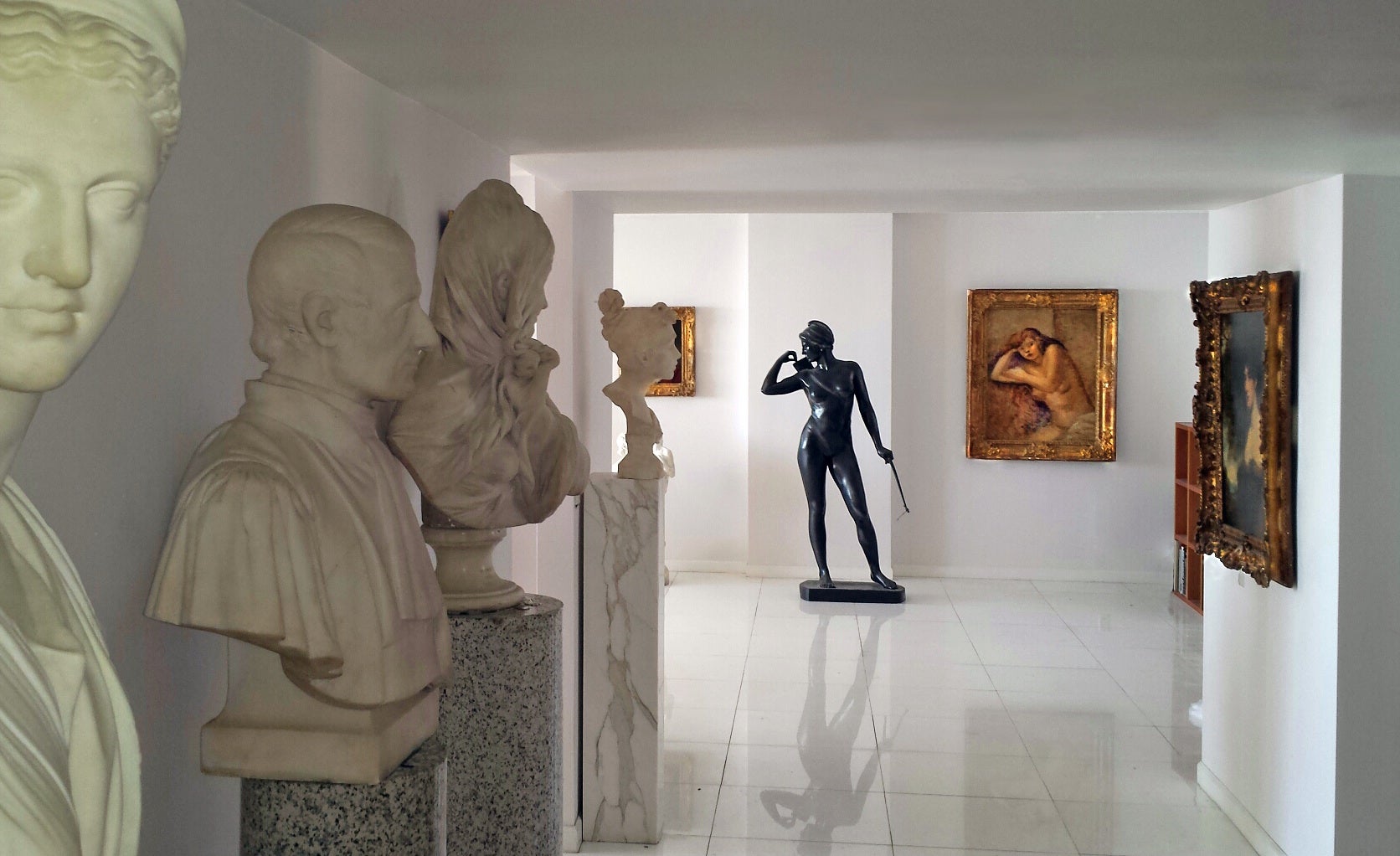
About the Seller
4.9
Vetted Professional Seller
Every seller passes strict standards for authenticity and reliability
Established in 2005
1stDibs seller since 2016
111 sales on 1stDibs
Typical response time: 1 hour
- ShippingRetrieving quote...Shipping from: Miami, FL
- Return Policy
Authenticity Guarantee
In the unlikely event there’s an issue with an item’s authenticity, contact us within 1 year for a full refund. DetailsMoney-Back Guarantee
If your item is not as described, is damaged in transit, or does not arrive, contact us within 7 days for a full refund. Details24-Hour Cancellation
You have a 24-hour grace period in which to reconsider your purchase, with no questions asked.Vetted Professional Sellers
Our world-class sellers must adhere to strict standards for service and quality, maintaining the integrity of our listings.Price-Match Guarantee
If you find that a seller listed the same item for a lower price elsewhere, we’ll match it.Trusted Global Delivery
Our best-in-class carrier network provides specialized shipping options worldwide, including custom delivery.More From This Seller
View AllWomen's World Magazine Cover Illustration , Children Sledding
By Maginel Wright Enright Barney
Located in Miami, FL
Children Sledding, Women's World Magazine Cover, December 1939
Signed lower center image
watercolor, gouache, pencil, and wash on paper
Category
1930s American Modern Figurative Drawings and Watercolors
Materials
Gouache
The Sunbonnet Babies - Modernist Female Artist
Located in Miami, FL
Bertha Corbett Melcher's The Sunbonnet Babies, with their flat, minimalist, semi-abstract, and symbolic style, are an early example of American Modernism/Surrealism by a lesser-know...
Category
Early 1900s American Modern Figurative Drawings and Watercolors
Materials
Paper, Watercolor
Black Panther Trials - Civil Rights Movement Police Violence African American
Located in Miami, FL
The Black Panther Trials - In this historically significant work, African American Artist Vicent D. Smith functions as an Art Journalist/ Court Reporter as much as a
Artist. Here, he depicts, in complete unity, 21 Black Panther Protestors raising their fist of defiance at the White Judge. Smith's composition is about utter simplicity, where the Black Panther Protestors are symmetrically lined up in a confrontation with a Judge whose size is exaggerated in scale. Set against a stylized American Flag, the supercilious Judge gazes down as the protesters as their fists thrust up. Signed Vincent lower right. Titled Panter 21. Original metal frame. Tape on upper left edge of frame. 255 . Panther 21. Framed under plexi.
_____________________________
From Wikipedia
In 1969-1971 there was a series of criminal prosecutions in New Haven, Connecticut, against various members and associates of the Black Panther Party.[1] The charges ranged from criminal conspiracy to first-degree murder. All charges stemmed from the murder of 19-year-old Alex Rackley in the early hours of May 21, 1969. The trials became a rallying-point for the American Left, and marked a decline in public support, even among the black community, for the Black Panther Party
On May 17, 1969, members of the Black Panther Party kidnapped fellow Panther Alex Rackley, who had fallen under suspicion of informing for the FBI. He was held captive at the New Haven Panther headquarters on Orchard Street, where he was tortured and interrogated until he confessed. His interrogation was tape recorded by the Panthers.[2] During that time, national party chairman Bobby Seale visited New Haven and spoke on the campus of Yale University for the Yale Black Ensemble Theater Company.[3] The prosecution alleged, but Seale denied, that after his speech, Seale briefly stopped by the headquarters where Rackley was being held captive and ordered that Rackley be executed. Early in the morning of May 21, three Panthers – Warren Kimbro, Lonnie McLucas, and George Sams, one of the Panthers who had come East from California to investigate the police infiltration of the New York Panther chapter, drove Rackley to the nearby town of Middlefield, Connecticut. Kimbro shot Rackley once in the head and McLucas shot him once in the chest. They dumped his corpse in a swamp, where it was discovered the next day. New Haven police immediately arrested eight New Haven area Black Panthers. Sams and two other Panthers from California were captured later.
Sams and Kimbro confessed to the murder, and agreed to testify against McLucas in exchange for a reduction in sentence. Sams also implicated Seale in the killing, telling his interrogators that while visiting the Panther headquarters on the night of his speech, Seale had directly ordered him to murder Rackley. In all, nine defendants were indicted on charges related to the case. In the heated political rhetoric of the day, these defendants were referred to as the "New Haven Nine", a deliberate allusion to other cause-celebre defendants like the "Chicago Seven".
The first trial was that of Lonnie McLucas, the only person who physically took part in the killing who refused to plead guilty. In fact, McLucas had confessed to shooting Rackley, but nonetheless chose to go to trial.
Jury selection began in May 1970. The case and trial were already a national cause célèbre among critics of the Nixon administration, and especially among those hostile to the actions of the FBI. Under the Bureau's then-secret "Counter-Intelligence Program" (COINTELPRO), FBI director J. Edgar Hoover had ordered his agents to disrupt, discredit, or otherwise neutralize radical groups like the Panthers. Hostility between groups organizing political dissent and the Bureau was, by the time of the trials, at a fever pitch. Hostility from the left was also directed at the two Panthers cooperating with the prosecutors. Sams in particular was accused of being an informant, and lying to implicate Seale for personal benefit.
In the days leading up to a rally on May Day 1970, thousands of supporters of the Panthers arrived in New Haven individually and in organized groups. They were housed and fed by community organizations and by sympathetic Yale students in their dormitory rooms. The Yale college dining halls provided basic meals for everyone. Protesters met daily en masse on the New Haven Green across the street from the Courthouse (and one hundred yards from Yale's main gate). On May Day there was a rally on the Green, featuring speakers including Jean Genet, Abbie Hoffman, Jerry Rubin, and John Froines (an assistant professor of chemistry at the University of Oregon). Teach-ins and other events were also held in the colleges themselves.
Towards midnight on May 1, two bombs exploded in Yale's Ingalls Rink, where a concert was being held in conjunction with the protests.[4] Although the rink was damaged, no one was injured, and no culprit was identified.[4]
Yale chaplain William Sloane Coffin stated, "All of us conspired to bring on this tragedy by law enforcement agencies by their illegal acts against the Panthers, and the rest of us by our immoral silence in front of these acts," while Yale President Kingman Brewster Jr. issued the statement, "I personally want to say that I'm appalled and ashamed that things should have come to such a pass that I am skeptical of the ability of a Black revolutionary to receive a fair trial anywhere in the U.S." Brewster's generally sympathetic tone enraged many of the university's older, more conservative alumni, heightening tensions within the school community.
As tensions mounted, Yale officials sought to avoid deeper unrest and to deflect the real possibility of riots or violent student demonstrations. Sam Chauncey has been credited with winning tactical management on behalf of the administration to quell anxiety among law enforcement and New Haven's citizens, while Kurt Schmoke, a future Rhodes Scholar, mayor of Baltimore, MD and Dean of Howard University School of Law, has received kudos as undergraduate spokesman to the faculty during some of the protest's tensest moments. Ralph Dawson, a classmate of Schmoke's, figured prominently as moderator of the Black Student Alliance at Yale (BSAY).
In the end, compromises between the administration and the students - and, primarily, urgent calls for nonviolence from Bobby Seale and the Black Panthers themselves - quashed the possibility of violence. While Yale (and many other colleges) went "on strike" from May Day until the end of the term, like most schools it was not actually "shut down". Classes were made "voluntarily optional" for the time and students were graded "Pass/Fail" for the work done up to then.
Trial of McLucas
Black Panther trial sketch...
Category
1970s American Modern Figurative Drawings and Watercolors
Materials
Watercolor, Pen, Pencil, Paper
Fred Astaire and Diana Vreeland, Vanity Fair Magazine
By Robert Risko
Located in Miami, FL
Airbrush Illustration on paper
Signed Risko lower right
Blindstamp Upper Right
Published: Vanity Fair Magazine
Unframed
Category
1980s Modern Portrait Paintings
Materials
Gouache
Fred Astaire and Diana Vreeland, Vanity Fair Magazine
By Robert Risko
Located in Miami, FL
Airbrush Illustration on paper
Signed Risko lower right
Blindstamp Upper Right
Published: Vanity Fair Magazine
Unframed
Category
1980s Modern Portrait Paintings
Materials
Gouache
Tiger, Lion, Panther, Wolf, Bear, Cat Predator Silhouette Illustration
Located in Miami, FL
Pioneering Woman Illustrator Margery Stocking Hart draws a pen-and-ink story depicting a round table of predators encircling a vulnerable bunny rabbit. ...
Category
1920s American Modern Animal Drawings and Watercolors
Materials
Ink, Pen
You May Also Like
Mixed Media Portrait Painting of a Man
Located in Houston, TX
A mixed media painting of an older man deep in thought in black and white on a yellow background circa 1990s by Theadius McCall. Signed in lower right ...
Category
1990s American Modern Mixed Media
Materials
Mixed Media
Mask Of Rylance. Contemporary Gouache on Italian Slate
By Sax Berlin
Located in Brecon, Powys
Portrait of British actor Mark Rylance in his now famous role as Thomas Cromwell.
Gouache on Italian slate. Well framed in ornate black wood frame.
Framed 30" x 30" Image 23' x 23"
Category
21st Century and Contemporary Contemporary Mixed Media
Materials
Slate
K & K Hof Atelier Pietzner, Family Portrait In A Garden Setting
Located in Cheltenham, GB
This early 20th-century mixed media by K & K Hof Atelier Pietzner of Vienna depicts a respectable family within a neoclassical garden setting.
With the advent of photography, afflue...
Category
Early 1900s Art Nouveau Mixed Media
Materials
Paper, Watercolor, Gouache, Photographic Paper
Portrait of Hulda in a Room at Ruds Säteri
Located in Stockholm, SE
Hilding Werner (1880-1944) Sweden
Hulda in a Room at Ruds Säteri
mixed media on paper
unframed 27 x 22.5 cm (10.63 x 8.86 inches)
framed 38 x 33.5 cm (14.96 x 13.19 inches)
Prov...
Category
Early 20th Century Mixed Media
Materials
Paper, Ink, Watercolor
$2,042 Sale Price
20% Off
BB #4#11
By Ant Pearce
Located in Brecon, Powys
From the artist's 2017 Bridget Bardot series
Ink + thread hand stitched on plywood with 24kt gold leaf
Category
2010s Contemporary Mixed Media
Materials
Thread, Ink
$1,750
Adélaide
By Alessandra Maria
Located in Chicago, IL
Working with a palette of graphite, charcoal, ink, and gold leaf, Alessandra Maria masterfully weaves together elements of the earthly and ethereal. She is part sorceress, part alche...
Category
21st Century and Contemporary Contemporary Portrait Drawings and Waterco...
Materials
Gold Leaf
